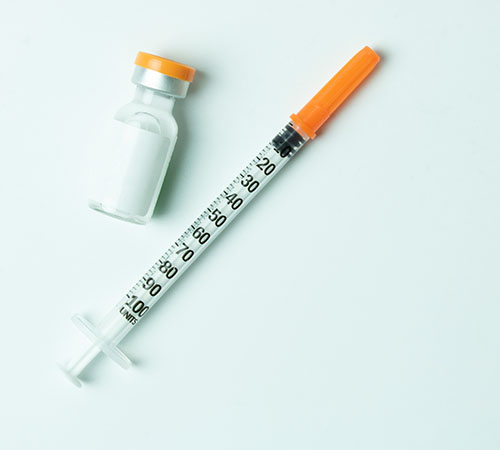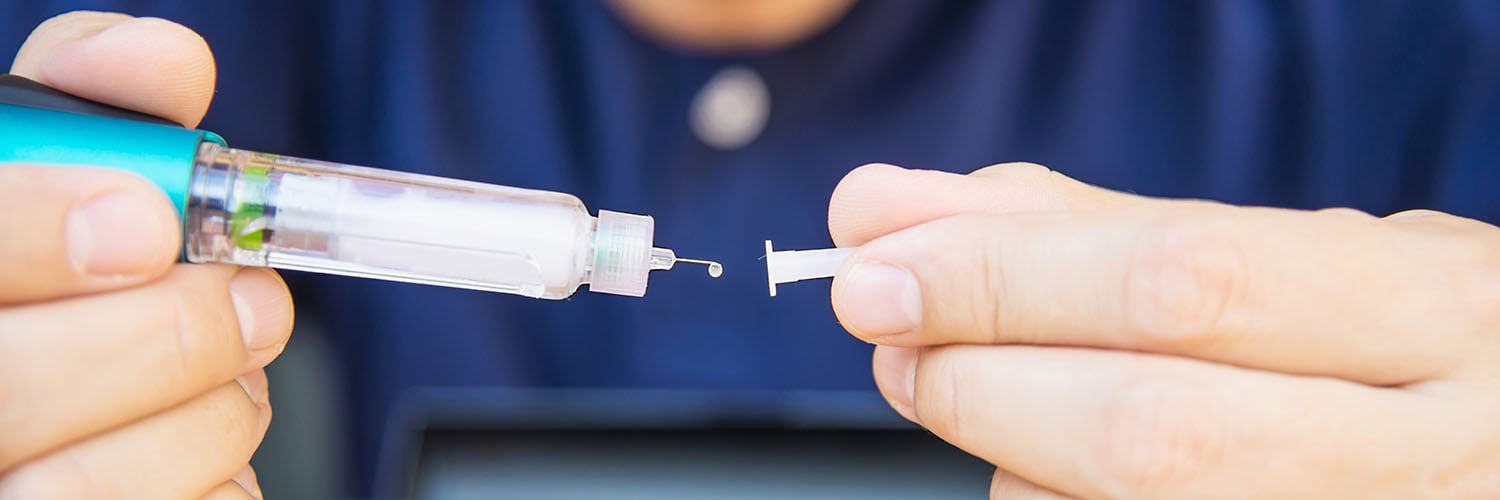Hyperglycaemia – High Blood Sugar Levels
When the sugar level in your blood rises above the normal range, you become hyperglycaemic. If your sugar level stays too high for a long time, there is a risk of damage to organs and other complications.
High blood sugar levels develop when your body does not produce enough insulin or does not respond well to insulin. It can also happen when a person with diabetes forgets an insulin injection or if the injected insulin dose was too low.
Hypoglycaemia – Low Blood Sugar Levels
Your blood sugar level can also fall below the normal range, resulting in hypoglycaemia. Hypoglycaemia is often called an “insulin reaction”, because it can occur after taking too much insulin. Low blood sugar levels are common with type 1 diabetes patients – on average, episodes with symptoms occur twice a week. The number of unnoticed lows (without symptoms, at night) could be even higher.
If blood sugar levels fall too low, you can lose important functions, such as the ability to think and act normally. Low blood sugar levels require immediate action!
Contact your Healthcare Professional to discuss your individual blood sugar target range.






